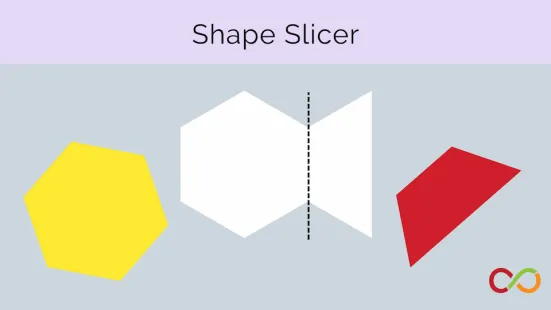Spatial Reasoning Lessons
Spatial reasoning activities are categorized according to the aspects and processes of spatial reasoning identified in Taking Shape (Moss et al., 2016):
- Composing, Decomposing 2D Objects
- Composing, Decomposing 3D Objects
- Gestures
- Mapping, Locating, Orienting, Coding
- Mental Rotation
- Perspective Taking
- Spatial Language
- Symmetry
- Visualization
Instructions
Use the dropdown list below to select one or more categories. Selecting categories will display activities targeting the specified spatial reasoning skills.
Barrier Game
Image
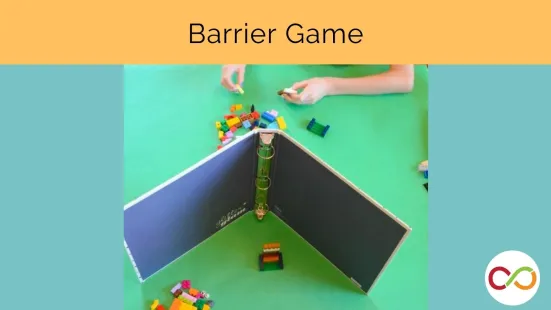
One student builds a structure and gives instructions to his/her partner to build an identical structure.
Block Party
Image
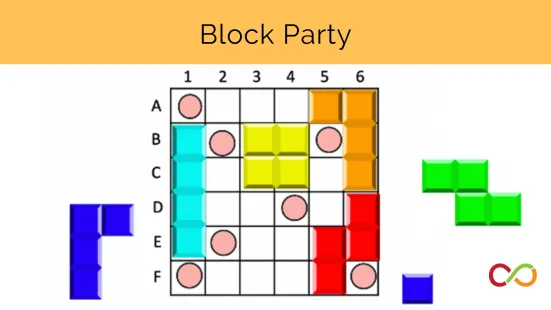
Using their spatial skills, students transform and relocate unique shapes on a coordinate grid, attempting to avoid their opponent's pegs.
Box or Not?
Image
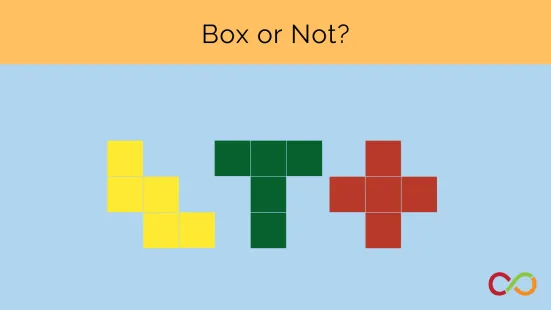
Students sort and classify 2D/3D figures by geometric properties and using spatial language.
Build a Structure from 3 Different Views
Image
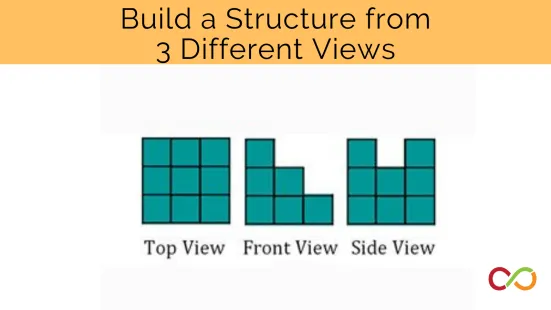
Students learn how to compare and sort 2D/3D images while using positional and directional language.
Building with the Mind's Eye
Image
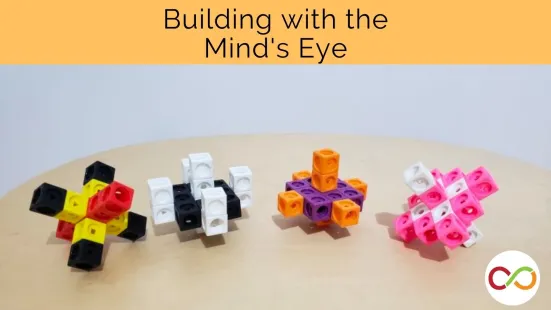
Students visualize and build a figure in their mind's eye. Then they describe it for the class.
Can You Draw This?
Image
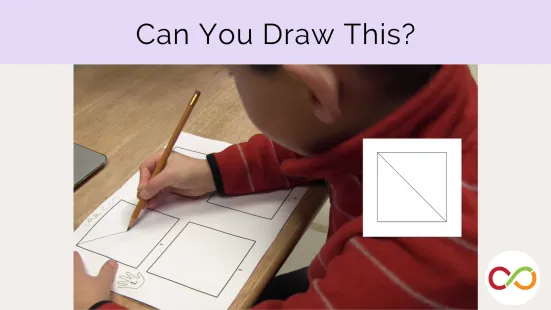
Students are briefly shown a series of designs inside a square and must recreate them from memory.
Can You Make a Square?
Image
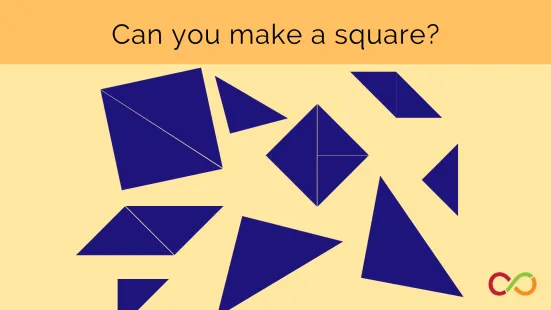
Students use spatial reasoning to create squares using different tangram combinations.
Collect the Shapes
Image
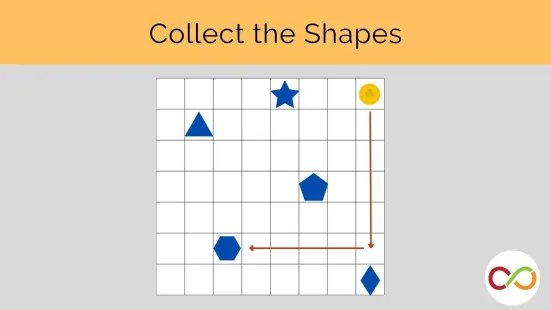
Children collect 2D shapes on a grid by giving directional instructions and answering questions on shapes attributes.
Copy My Flag
Image
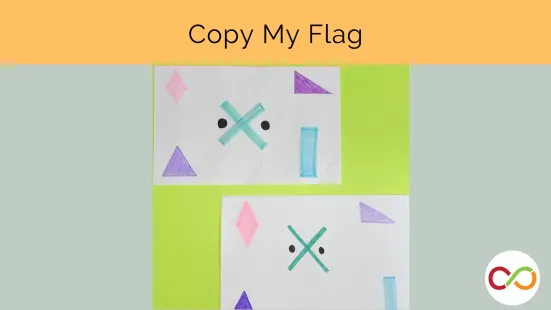
Students will practice their spatial language as they design and describe their geometric flags to their partner.
Cube Challenge
Image
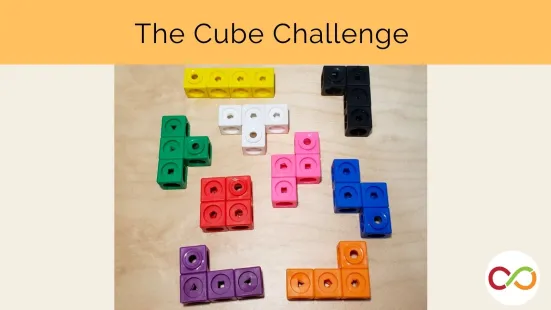
In this lesson, students work together to build unique structures out of 3, 4, and 5 unifix cubes. Can you build them all?
Don't Break the Hex
Image
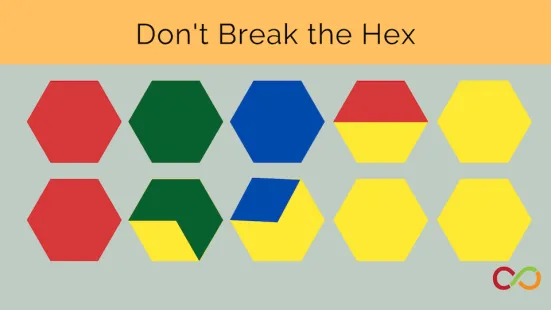
Students cover hexagon blocks with pattern blocks in this don't-get-caught-with-blocks-in-your-hand game!
Draw a Structure from 3 Different Views
Image
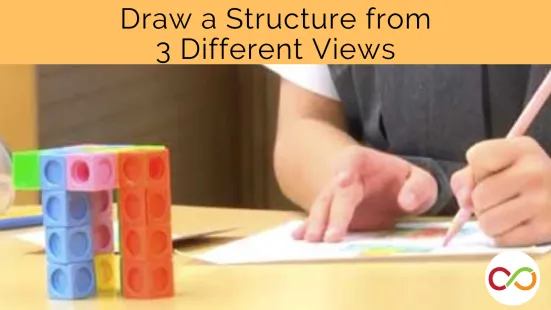
Students learn how to draw 2D/3D images while using accurate positional and directional language.
Garden Patio
Image
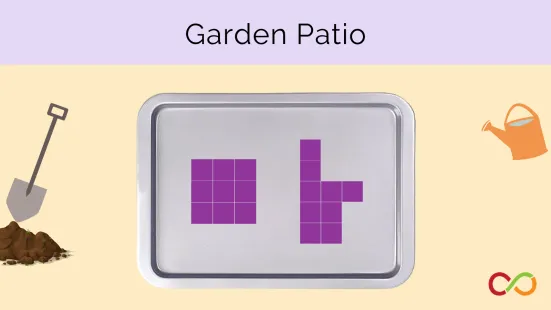
Children explore measurement and geometry and spatial sense through a narrative about a garden patio.
Hexagon Card Game
Image
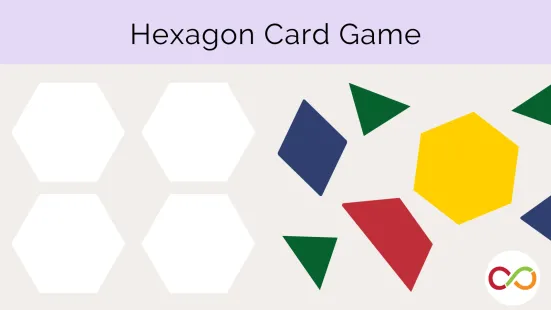
Students race to completely fill in the outline of a hexagon using different combinations of pattern blocks.
Hole-Punch Symmetry
Image
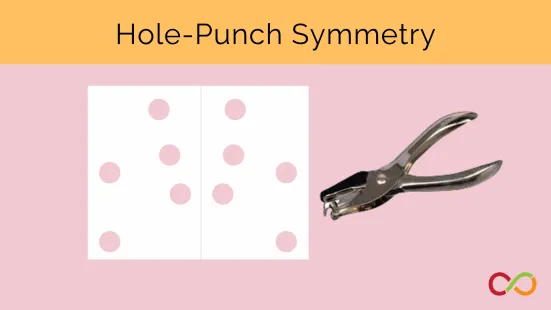
Students visualize how folded and hole-punched paper will look when unfolded.
How Many? 5-Frame and 10-Frame Inside-Out
Image
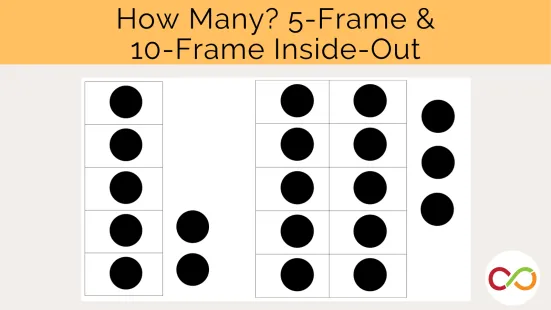
Students develop their spatial structuring of numbers and strengthen their working memory to compose and decompose.
Multilink Cube 3D Quick Image
Image
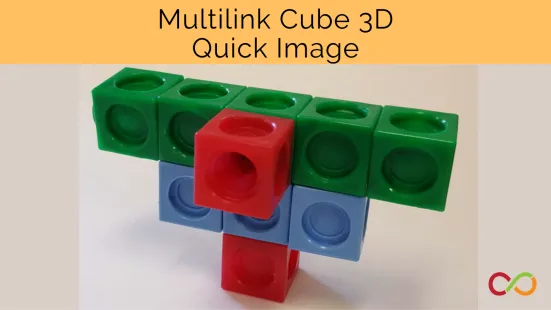
Students are presented with 2D images of 3D shapes and recreate them from memory.
Pentomino Battleship
Image
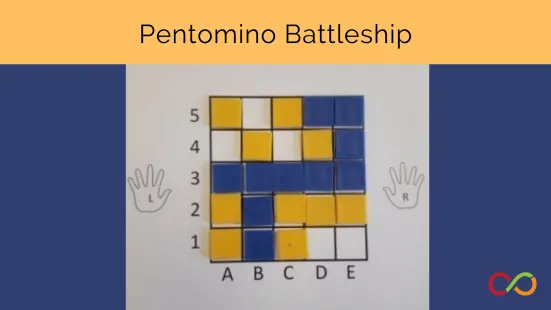
Students practice reading letter-number coordinates by playing a battleship game with a partner.
Perspective Drawing
Image
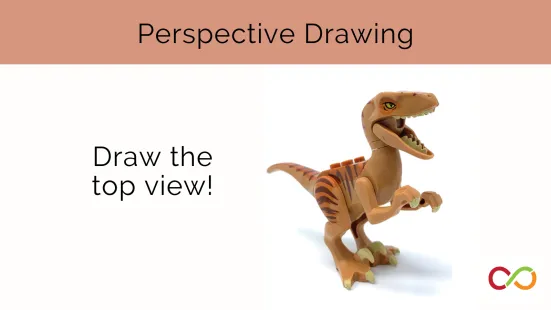
In this collaborative activity, students draw an alternative perspective to the one they are shown.
Perspective Taking
Image
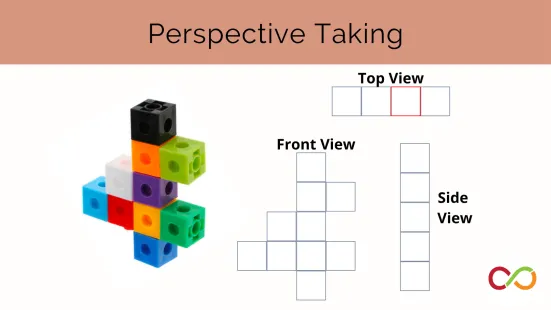
Students learn perspective taking by identifying the top, side, and front view of 3-D figures.
Secret Shape Code
Image
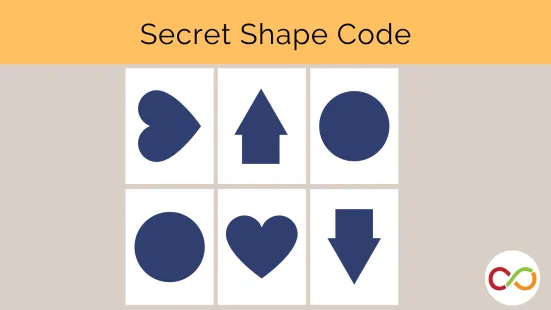
Students develop spatial skills by practicing how to describe the location and orientation of different cut-out shapes.
See It, Build It, Check It
Image
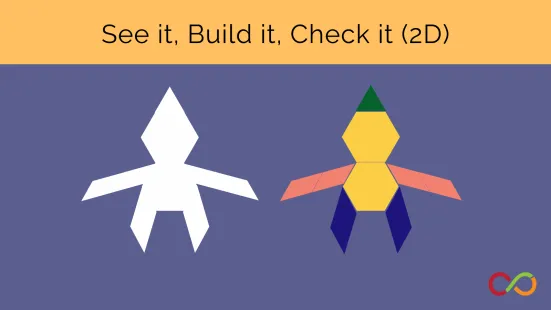
Students recreate 2D and 3D geometric shapes from memory using math manipulatives.
Shape Name Game
Image
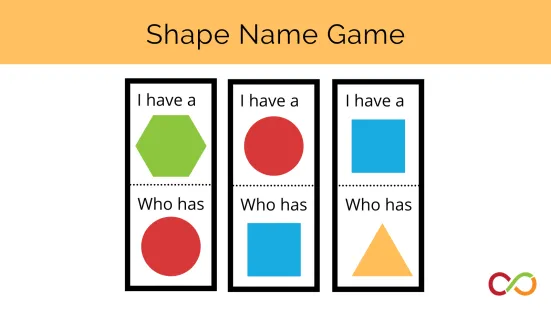
Students develop the ability to identify and communicate the names of different geometric shapes.
Shape Shifter
Image
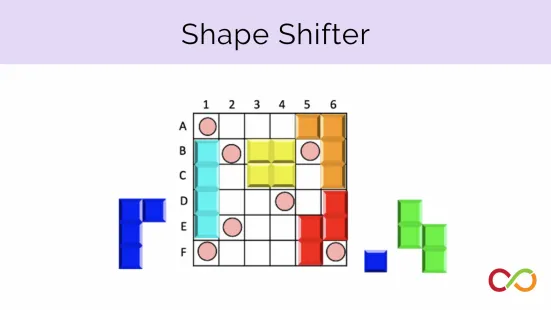
Enhance students spatial sense using grid coordinates, geometric transformations and problem solving.
Shape Transformer
Image
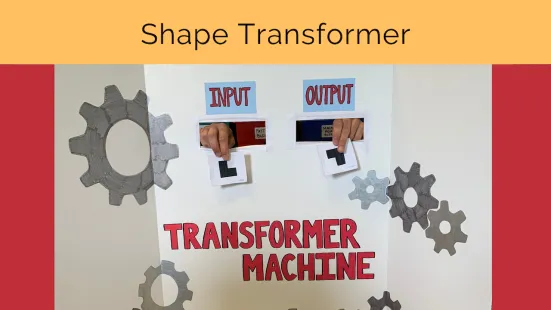
Students work together to understand transformations as a series of inputs and outputs.
Skyscrapers
Image
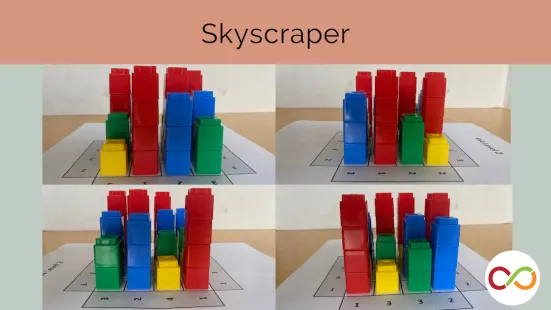
Students build and view a series of skyscrapers from four perspectives, ensuring no two towers in a row or column are the same height.
Square Moves
Image
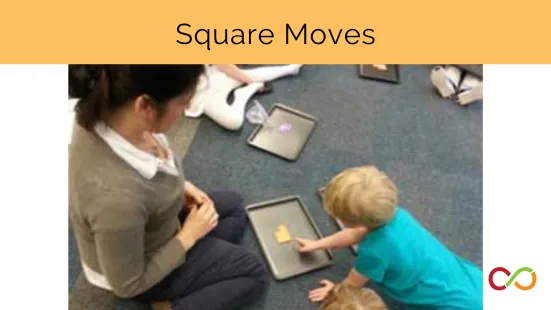
Students transform tiles from one configuration to another, using spatial language to communicate their thinking.
Symmetry Game
Image
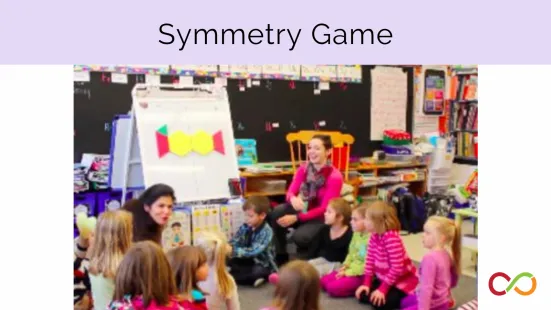
Allow children to be creative and practice the basics of symmetry through play with classmates.
Terrific Transformations
Image
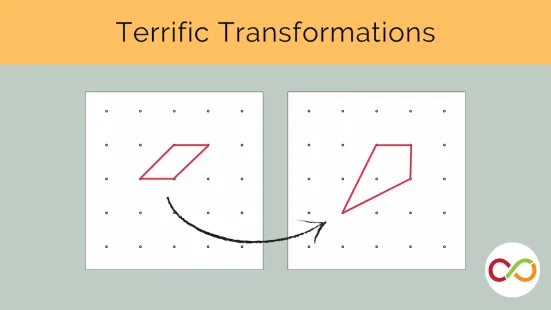
Students get practice visualizing and manipulating features of quadrilaterals as they compete to modify a shape using as few moves as possible.
Upside Down World
Image
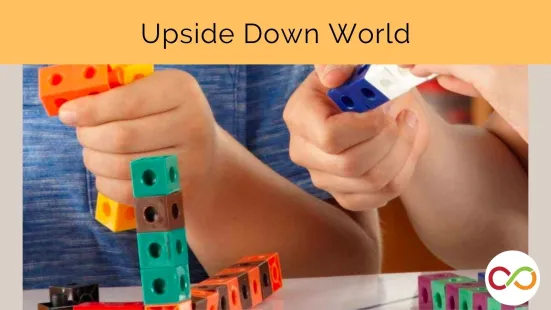
Students work with unifix cubes to rebuild "buildings" that have been turned upside down!
References
Moss, Joan & Bruce, Cathy & Caswell, Beverly & Flynn, Tara & Hawes, Zachary. (2016). Taking Shape: Activities to Develop Geometric and Spatial Thinking. Pearson.
